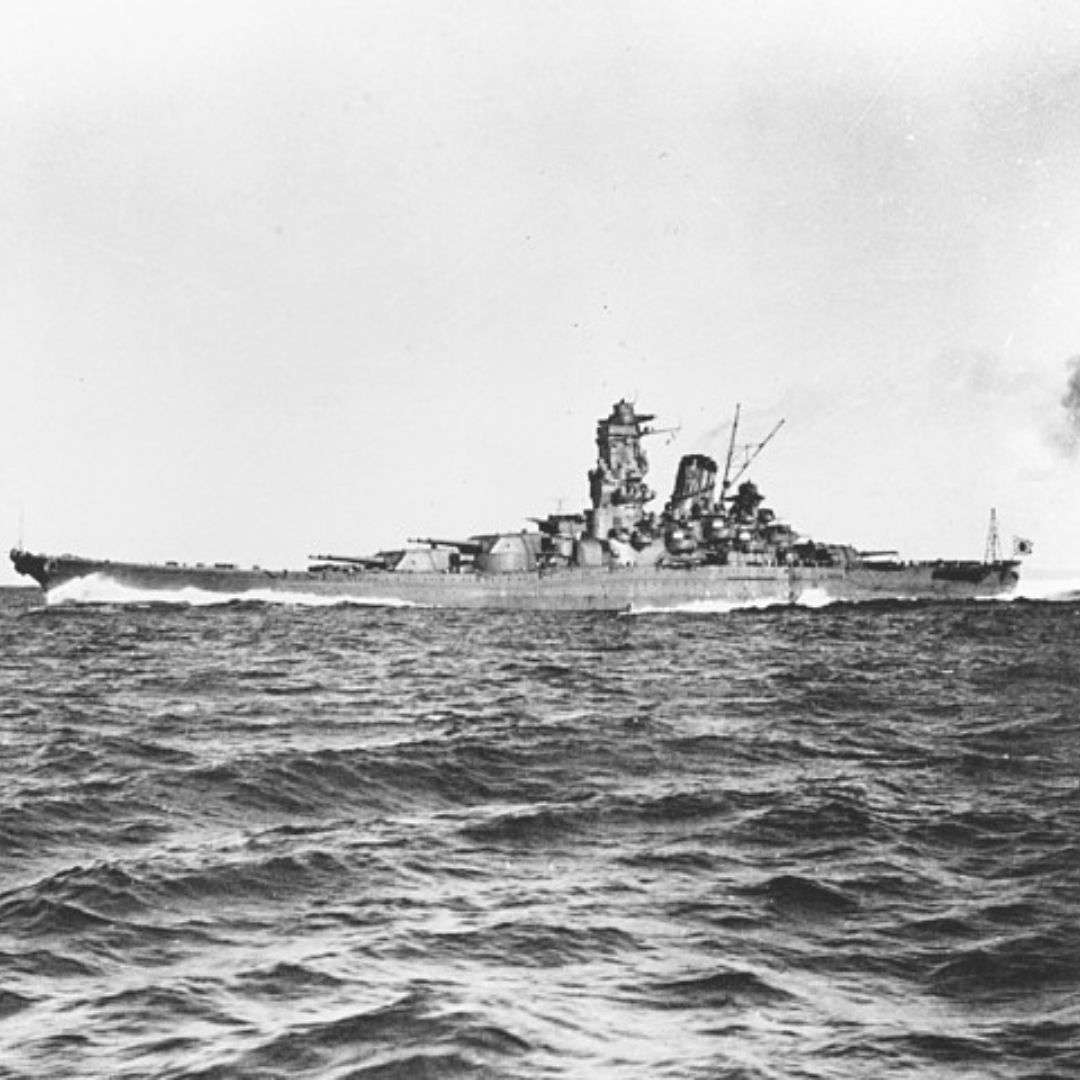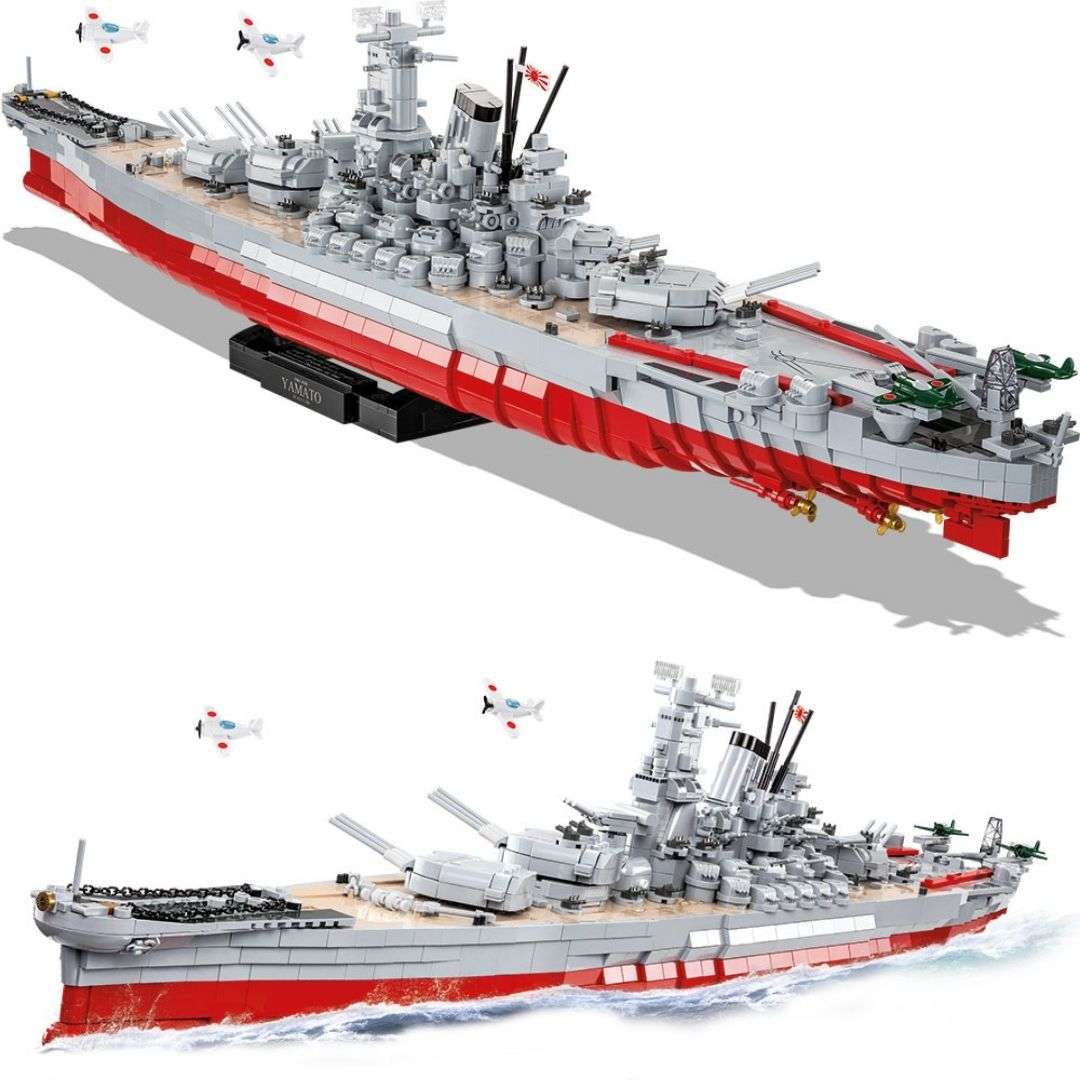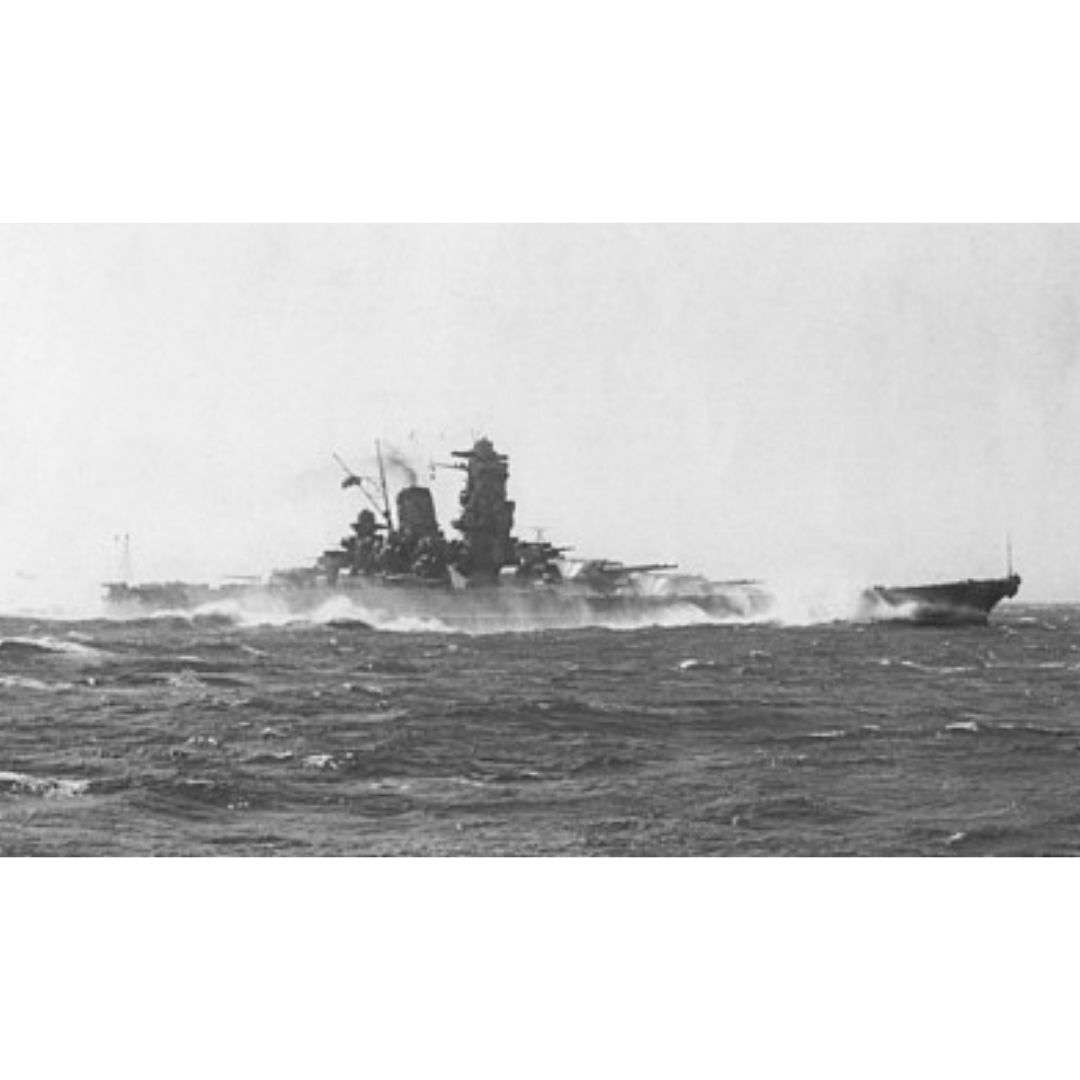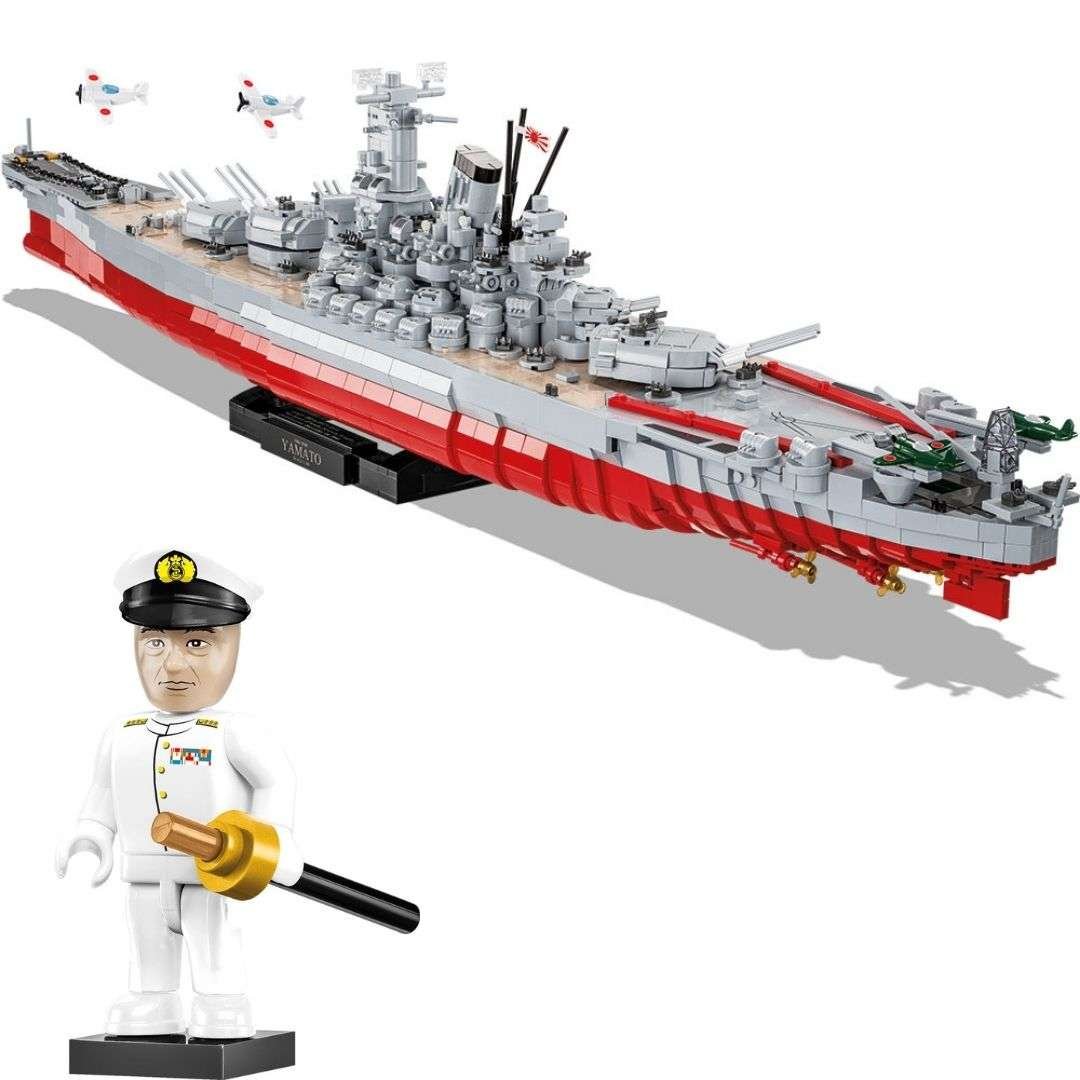
On this day: The battleship Yamato was sunk
With the recent release of COBI's executive edition Yamato kit and the anniversary of the sinking of the battleship Yamato we thought we'd bring you a run down of the historic ship.

In 1934 Japan withdrew from the League of Nations and thus also withdrew from the Washington Naval Agreement, an agreement which put restrictions on the size and overall weight of ships in British, American, Japanese, French and Italian Naval forces.
Japan was now free to manufacture any size or weight of vessel that they wished, this would now bring forth the production of the Yamato class of battleships, comprised of the battleship Yamato and Musashi. With the Yamato becoming the heaviest and most powerfully armed battleship ever built!
Japan was now free to manufacture any size or weight of vessel that they wished, this would now bring forth the production of the Yamato class of battleships, comprised of the battleship Yamato and Musashi. With the Yamato becoming the heaviest and most powerfully armed battleship ever built!

The keel of the battleship Yamato was laid in 1937 in a dockyard in Hiroshima. The dock had to be specially adapted just for the construction of this ship and a canopy had been erected over the part of the dry dock to ensure the complete secrecy of the build.
The ship was launched on 8 August 1940, with Captain (later Vice-Admiral) Miyazato Shutoku in command. The battleship Yamato was 263 metres long and had armor that was 460 millimetres thick. Her guns fired shells that weighed 3,200 pounds each and had a range of 27 miles.
The ship was launched on 8 August 1940, with Captain (later Vice-Admiral) Miyazato Shutoku in command. The battleship Yamato was 263 metres long and had armor that was 460 millimetres thick. Her guns fired shells that weighed 3,200 pounds each and had a range of 27 miles.

After the attack on Pearl Harbour in 1941, it became apparent that the strongest naval weapon was now aircraft carriers, making the Yamato and Musashi less desirable in battle. When the war started, Yamato was the flagship of the combined fleet commander Isoroku Yamamoto. It spent much of 1942 defending Japanese shipping out of Truk.

In June 1944 Yamato took part in the Battle of the Philippine Sea. In October Yamato was in the Battle of Leyte Gulf. Returning to Japan in November, she was fitted with more anti-aircraft guns. By then Japan no longer had the resources to keep Yamato operating and in 1945, Yamato left for Okinawa as part of the suicidal Operation Ten-Go.

On April 7th 1945, during operation Ten-Go, the battleship Yamato was sunk by US aircraft. It took 11 torpedoes and 6 bombs to take her down. During the final moments of the attack when the Yamato was capsizing, the roll of the vessel caused two bow magazines of ammunition to detonate, this caused a huge explosion and from this a mushroom cloud. The explosion was so large that it knocked down some U.S planes observing the destruction. Sadly the destruction of the Yamato lost an estimated 3,055 of her 3,332 crew.

In April 1968, a memorial tower was erected at Cape Inutabu on Tokunoshima, to commemorate the lives lost in Operation Ten-Go. In October 1974, a new anime television series, Space Battleship Yamato, about rebuilding the battleship as a starship and its interstellar quest to save Earth was released. The series was a huge success, spawning eight feature films and four more TV series and is hailed for popularising Space Opera.
 Skip to content
Skip to content

